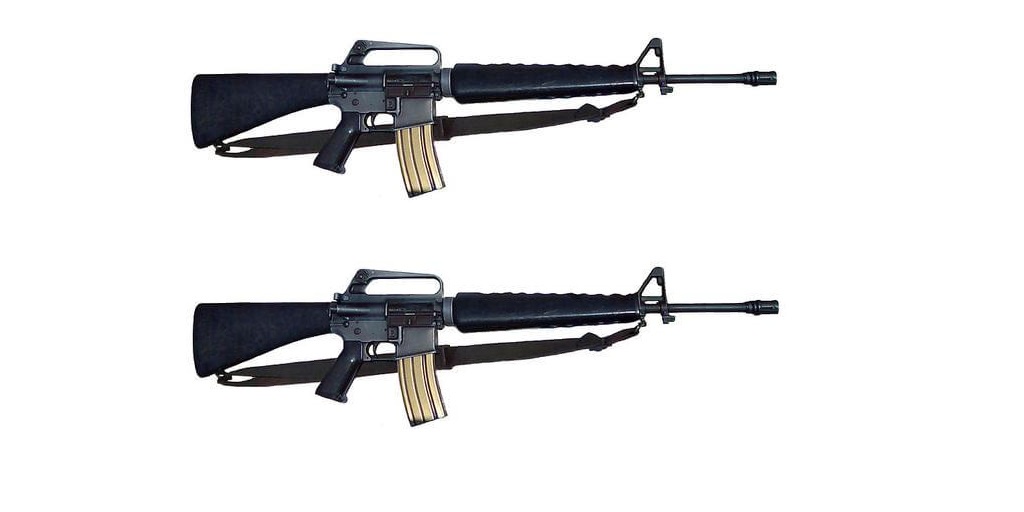Everyone loves the M16 - it’s basically America’s Rifle (the AR-15) but adapted for military use - which, we suppose legitimately, actually makes it “America’s Rifle.” It’s also been in official service since 1964, making it officially the longest-standing service rifle in the history of our nation’s armed forces.
But this is not a course in apologetics or an explanation of the platform’s popularity. You probably already know that. If you have one, and you’re looking for M16 parts that can be replaced to improve on mil-spec performance, the first place you should look is the BCG (or the trigger, but that’s a topic for another article).
So let’s get into M16 BCG coatings and what sort of impact they make on shooting performance and the overall experience.
Mil-Spec: Phosphate Coating
You know, a lot of people hear mil-spec and automatically think it’s “the best.”
That couldn’t (necessarily) be farther from the truth. Mil-spec means mil-spec, and that’s that - no more, no less. If mil-spec for M16 triggers was a banana, then M16s would all have bananas for triggers. That doesn’t mean bananas make good triggers.
The current mil-spec for bolt carrier groups for M16s is a phosphate coating.
Phosphate coating is serviceable, affordable, and not-shiny, which makes it good for the purposes of concealment, especially in areas with bright sun.
But that’s about it. It has a sort of rough finish that requires more liquid lubricant to keep it cycling smoothly, which results in more debris getting trapped and accelerated wear and tear, especially of the gas rings.
It works - but there are better coatings out there.
Black Nitride
Black nitride is a step up from phosphate coatings no matter how you look at it, and it’s also not particularly shiny although it is a bit less “matte” than phosphate coatings are.
Black nitride is more expensive than phosphate coating, that is true. But it is also very hard and very corrosion resistant. It also exhibits something we call “permanent dry lubricity” which means it stays slick even in the absence of lots of liquid lubricant.
This means a few things. It is easy to wipe clean and it requires less lubricant, which means less dust and fouling gets trapped. Therefore, there is less abrasive resistance during cycling. Consequently, the BCG lasts longer and cycles faster and more smoothly.
Nickel Boron
Nickel boron is one of the best BCG coatings out there. Like nitride, it is more expensive than a phosphate coating, but unlike nitride or phosphate, it is a bright silver - which you might not appreciate.
But that is where the shortcomings evaporate. Nickel boron offers among the best permanent dry lubricity ratings of all BCG finishes. It is extremely hard, very durable, scratch and corrosion resistant.
This offers the same advantages of nitride with respect to the use of less liquid lubricant, except that nickel boron is even slicker. That means that nickel boron coated M16 BCGs cycle more fluidly and experience less wear and tear (all else being equal) than other coatings.
Looking for M16 Parts? Look to SARCO, Inc.
If you’re looking for M16 parts and kits, or individual parts like triggers, muzzle devices, bolt carrier groups, carry and charging handles or otherwise, visit SARCO, Inc., online at SarcoInc.com.
Check out their website via the link above and get in touch with them at 610-250-3960 if you need help or have any questions.
For more information about Ww2 German Helmet and Gun Kits Please visit: Sarco, Inc.


No comments yet